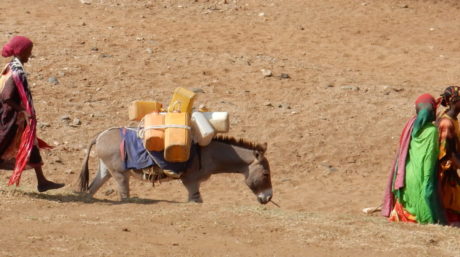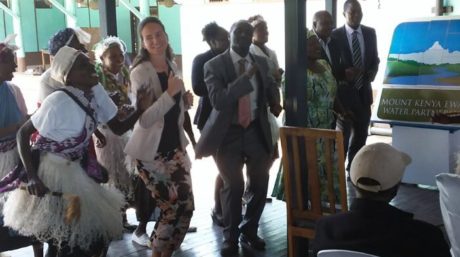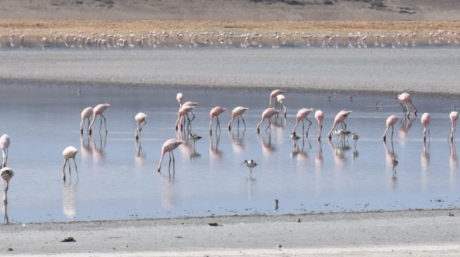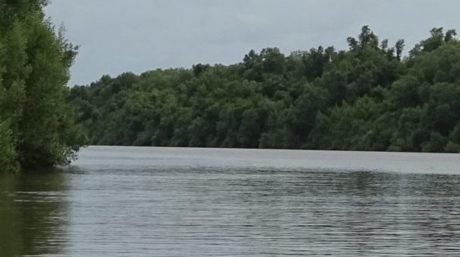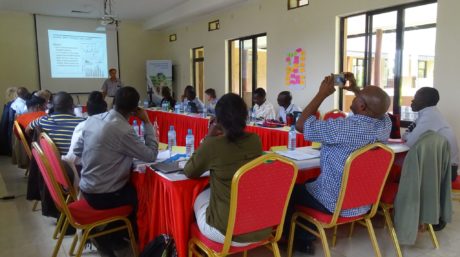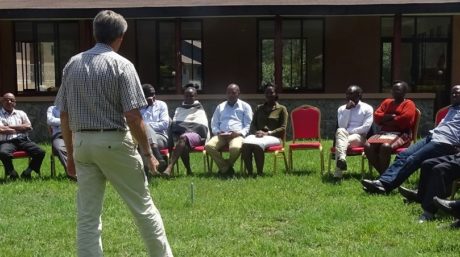 Video
Video
A step toward resilience in Ethiopia’s Somali Region
The Somali region of Ethiopia which has a population of about 5 million people, is the most important food and water insecure region in the […]

